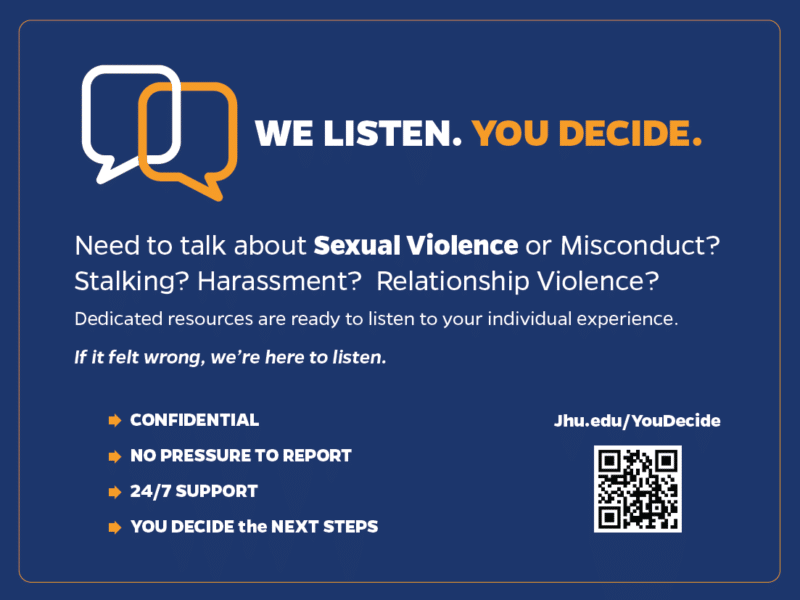USAID, K4Health and the Health Communication Capacity Collaborative (HC3) are pleased to launch the Zika Communication Network (ZCN) —a reliable one-stop shop for Zika prevention and preparedness materials. ZCN curates essential, evidence-based tools and resources to help health and development professionals minimize the spread of Zika and related negative pregnancy outcomes using four key strategies:
- Social behavior change communication (SBCC)
- Vector control
- Delivery of maternal and child health and family planning services
- Research and development
There are many unknowns about the effects of Zika on pregnancy outcomes. We do not know, if a pregnant woman is exposed to Zika, how likely she is to actually contract the virus. We do not know, if a pregnant woman is infected with Zika, how likely she is to pass it on to her fetus. And we do not know, if her fetus is infected, whether, or at what point in the pregnancy, the infection will result in birth defects.
One thing we do know is that a couple of weeks ago, a baby girl was born in the U.S. with Zika and severe microcephaly — and similar events are occurring in Zika-affected countries around the world.
Microcephaly and other severe fetal brain defects are not the only outcomes detected among fetuses and infants infected with Zika before birth. Other related birth outcomes include eye defects, hearing loss, and impaired growth. At the same time, some babies whose mothers had Zika while pregnant or who had Zika themselves in utero are born free of symptoms or birth defects.
Expectant parents have no greater wish than for the safe birth of a healthy baby. Curbing the spread of Zika by preventing new infections, taking extra precautions to protect pregnant women from Zika, and helping women and couples prevent unplanned pregnancies are critical actions we must take at local, national, and global levels to ensure that no more babies and families have to endure preventable birth defects and other adverse outcomes related to the Zika virus.
The Zika Communication Network supports communities currently affected—and those that will soon be affected—by Zika by connecting responders with state-of-the-art knowledge and tools that they can readily use or adapt to their particular context and response plan. ZCN strives to contribute to the following goals:
- Empower communities to tackle the Zika epidemic with best-practice communication tools and resources.
- Provide health care workers on the front lines of preventing, diagnosing, and treating Zika and related negative pregnancy outcomes with high quality counseling materials and training resources.
- Equip leaders, including policymakers, health ministers, and other key players, with the curated information and resources needed to curb the spread of Zika and promote prevention.
In order to meet the pressing demand for Zika response tools, we’re launching the Zika Communication Network in beta form. We welcome feedback and suggestions for how to improve the site, and we encourage you to visit the ZCN regularly over the coming months as we roll out new features and expand our collection of curated resources.
This post was written by Elizabeth Futrell, MSPH, Content Development Lead/Program Officer II at the Knowledge for Health (K4Health) Project. K4Health is the flagship knowledge management project of the U.S. Agency for International Development (USAID) Bureau for Global Health, Office of Population and Reproductive Health. K4Health is led by the Johns Hopkins Center for Communication Programs (CCP) in partnership with FHI 360, IntraHealth International, and Management Sciences for Health (MSH).
The original post can be found here.
Those interested in learning more about what messaging works for protecting women of reproductive age and pregnant women from the emerging threat of Zika should join a discussion beginning Wednesday, June 15 at 9am EDT on Springboard for Health Communication. Moderated by Anton Schneider, Senior SBC Advisor, USAID and Gael O’Sullivan, Principal Associate, International Health Division, Abt Associates, the discussion will also include representatives from CDC, WHO, PAHO, UNICEF, Johns Hopkins Center for Communication Programs and the Health Communication Capacity Collaborative. More information here.





